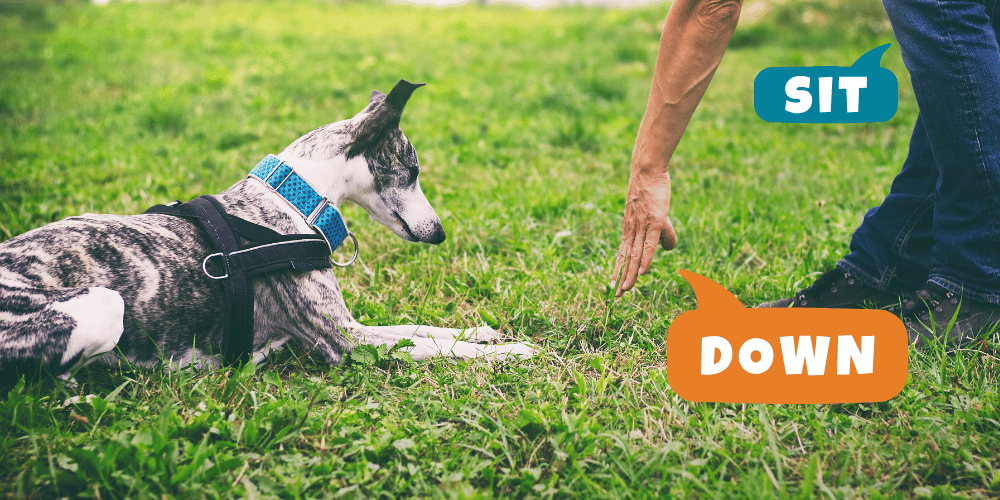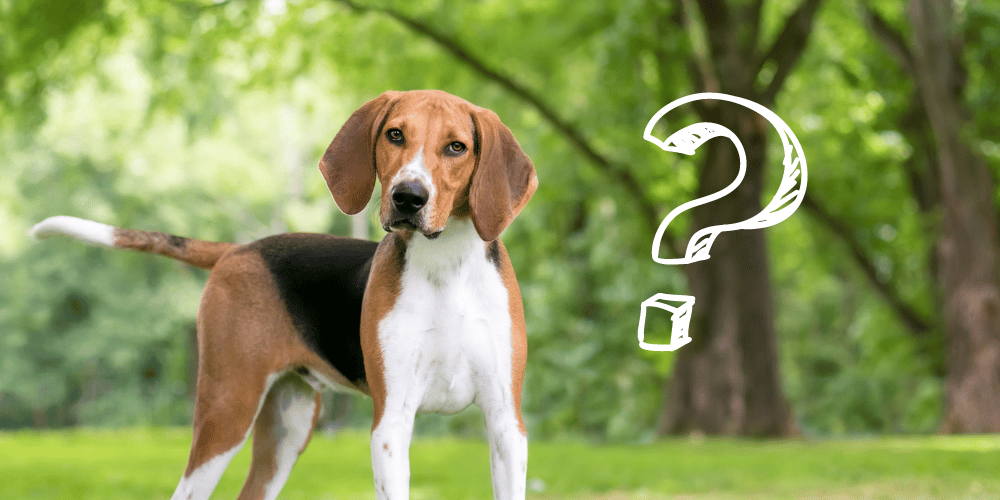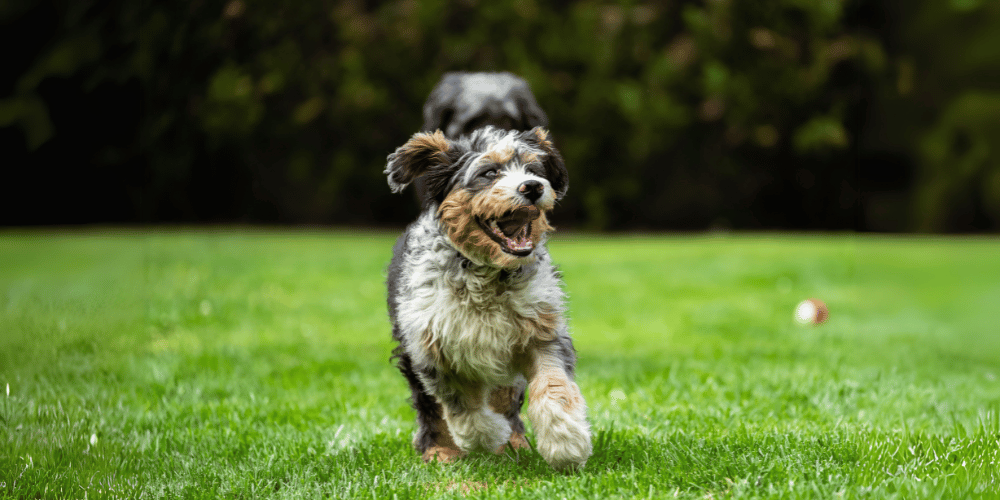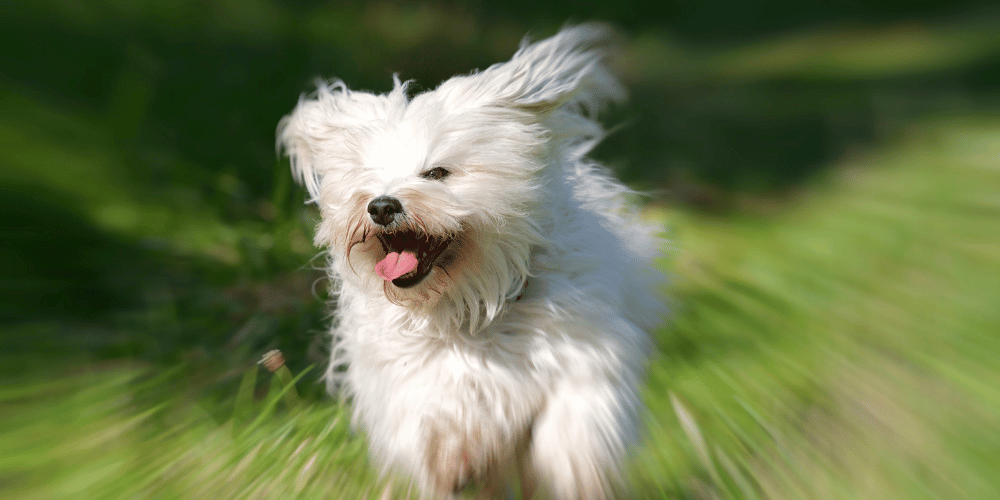
Training your dog is a dynamic process, whether you're welcoming a new puppy into your home or introducing new commands to an older dog. Teaching basic commands is crucial for improving communication, enhancing safety, and strengthening the bond between you and your pet. Here’s a guide to the essential commands that every dog should learn, suitable for both novice and experienced dog owners looking to expand their canine’s skills. Remember, you can customize the verbal cues to whatever words work best for you and your dog—as long as you're consistent, your dog will learn the associations.
Sit
"Sit" is often the first command taught and for good reason. It’s simple to teach and serves as an excellent foundation for other commands. Encourage your dog to sit by holding a treat near their nose and lifting your hand slightly above their head. As their head tilts up, their butt should naturally lower. Once they achieve the sitting position, say “Sit,” give the treat, and offer praise.
Stay
"Stay" teaches your dog self-control and patience. Command your dog to sit, then open your palm in front of you and say “Stay.” Take a step back; if your dog stays, reward them after a few seconds. Gradually increase the duration and distance, rewarding them for their patience.
Come
"Come" is essential for recall and safety, practiced in a secure area. With your dog on a leash, step away, then call them with a cheerful “Come” while gently pulling on the leash. Reward them when they arrive, and use lots of positive reinforcement. Alternatively, you can use your dog's name as the cue for them to come to you. However, if you choose this method, it's wise to have a stronger recall command for emergency situations. This could be a fun variation related to your dog's name, like "Pooh Bear" for a dog named Winnie, or a word from another language such as "vamos," or simply another urgent command like "hurry" or "let's go."
Down
"Down" is useful for encouraging calm behavior. Have your dog start in a sit position, hold a treat in front of them, and lower it to the floor, leading their body to lie down. Once fully down, say “Down,” give the treat, and offer praise.
Leave It
"Leave It" is vital for preventing your dog from touching or eating things they shouldn’t. Hold a treat in both hands, show one enclosed fist with a treat inside to your dog, and say “Leave it.” Reward them with the treat from the other hand when they move away from the first hand.
Heel
"Heel" teaches your dog to walk beside you rather than pulling on the leash. Start with your dog on a leash by your side; as you walk, hold a treat next to your leg and say “Heel.” Reward them for staying close to your side, encouraging them to focus on your pace.
Summary
Teaching these commands to your dog can dramatically improve how you both manage daily life and ensure their safety in various situations. Whether you’re just starting out with a new pup or refreshing an older dog's training, these commands are the bedrock of good behavior. Adjust the verbal cues to suit your style, and remember that consistency is key. Through patience and consistent practice, you’ll enhance your communication with your dog, making for a happier and more harmonious home.



